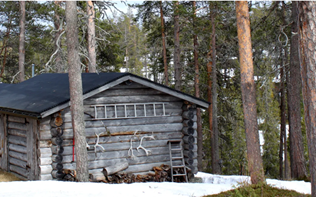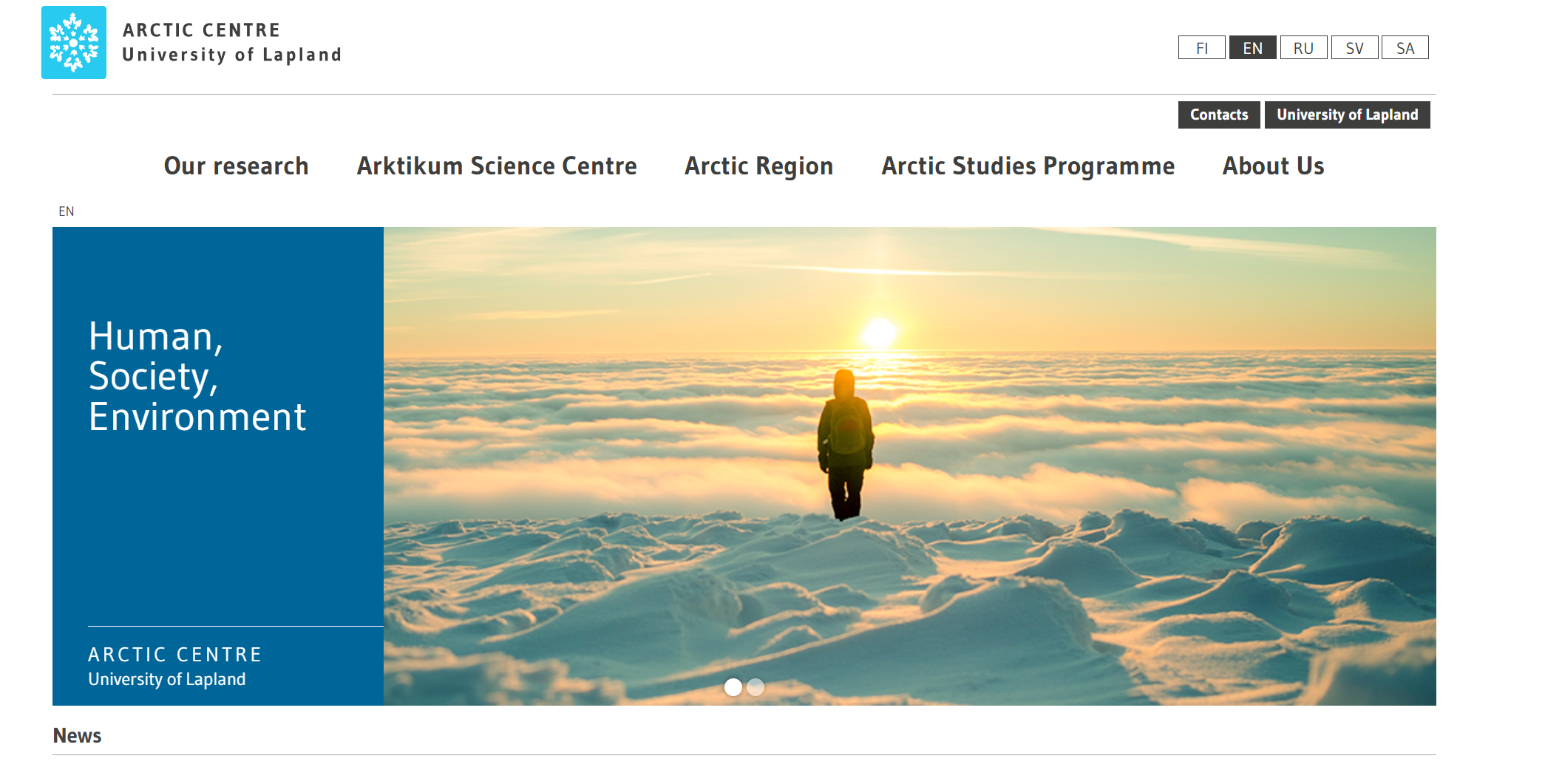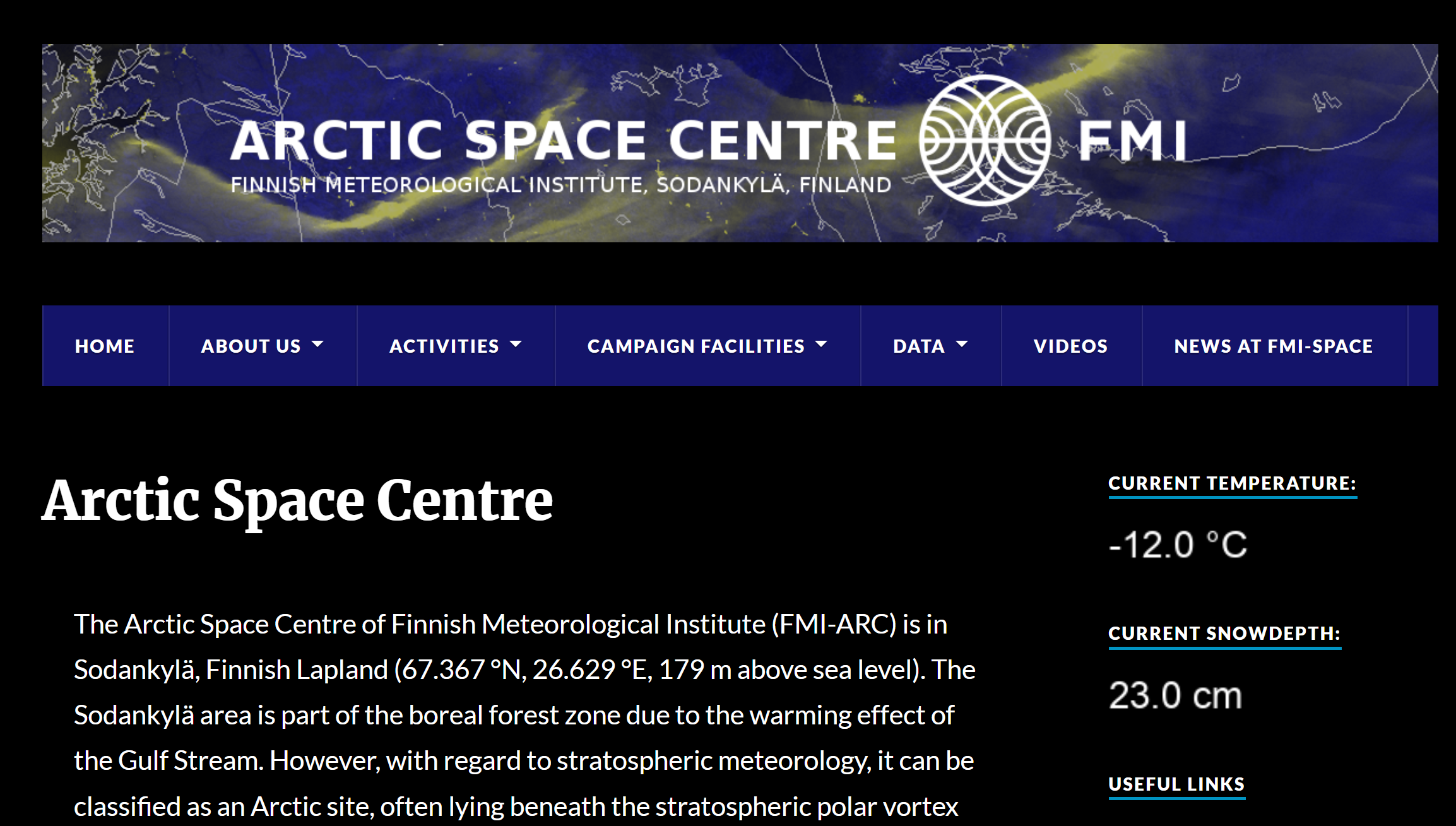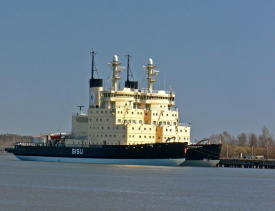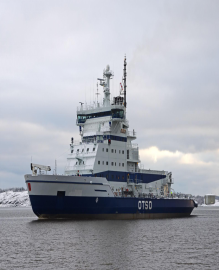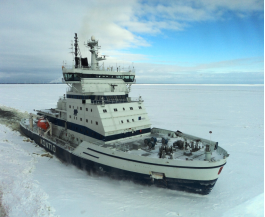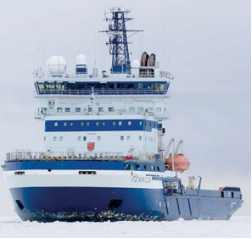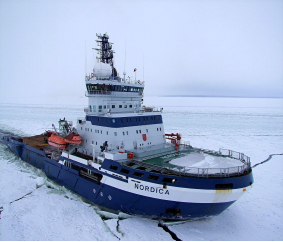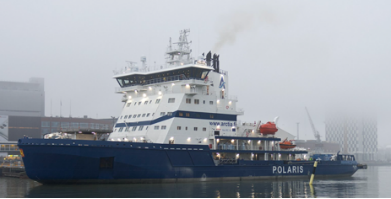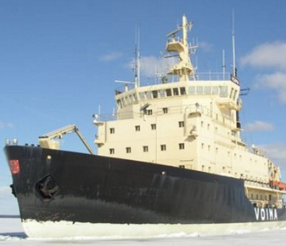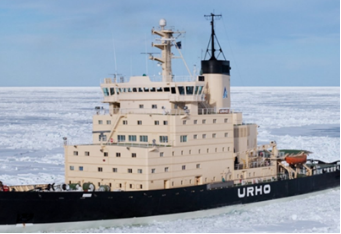Finland maintains several research stations within the Arctic Circle, focusing on various aspects of Arctic research including biology, ecology, atmospheric science, and environmental monitoring. These stations serve as crucial hubs for understanding Arctic ecosystems and climate change impacts.
1. Kilpisjärvi Biological Station
Kilpisjärvi Biological Station - INTERACT
Location: Northwest Finland, near the borders with Sweden and Norway
Managed By: University of Helsinki
Focus: Arctic and sub-Arctic ecosystems, biology, ecology, and environmental sciences
Key Features:
- Conducts research on Arctic and sub-Arctic ecosystems
- Focuses on biology, ecology, and environmental sciences
- Provides facilities for field research and education
2. Pallas-Sodankylä Global Atmosphere Watch Station
Pallas-Sodankylä - INTERACT
Location: Northern Finland, close to the Arctic Circle
Managed By: Finnish Meteorological Institute
Focus: Atmospheric research, climate change monitoring, air quality, and radiation
Key Features:
- Part of the Global Atmosphere Watch network
- Monitors climate change and air quality
- Contributes to global climate observation system
3. Oulanka Research Station
Oulanka Research Station - INTERACT
Location: Near the Finnish-Russian border in northeastern Finland
Managed By: University of Oulu
Focus: Biodiversity and environmental research in Arctic and sub-Arctic environments
Key Features:
- Studies biodiversity in Arctic environments
- Conducts environmental research
- Provides facilities for international research collaboration
4. Värriö Subarctic Research Station
Location: Värriötunturi fell area, eastern Lapland
Managed By: University of Helsinki
Focus: Ecological and meteorological research, forest ecosystems and wildlife
Key Features:
- Studies forest ecosystems and wildlife
- Conducts ecological and meteorological research
- Located in pristine subarctic environment
Other Research Institutes
1. Arctic Research Centre at the University of Lapland (Arctic Centre)
Location: Rovaniemi, Finland
Managed By: University of Lapland
Focus: Multidisciplinary research including environmental science, indigenous peoples' rights, and Arctic governance
Key Features:
- Conducts multidisciplinary Arctic research
- Studies indigenous peoples' rights
- Focuses on Arctic governance and policy
2. Sodankylä Space Research Centre
Location: Sodankylä, Finland
Managed By: Finnish Meteorological Institute
Focus: Atmospheric and space physics, satellite observations, and ground-based data for climate monitoring
Key Features:
- Conducts atmospheric and space physics research
- Performs satellite observations
- Collects ground-based data for climate monitoring






